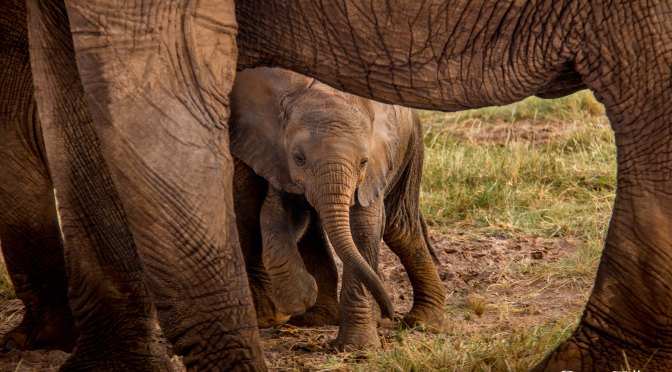1.29 million people around the world have voiced their absolute opposition to the ivory trade in an online petition aimed at the EU, ahead of the major United Nations’ Convention on International Trade in Endangered Species (CITES) conference this month. At this roundtable, politicians, wildlife experts and conservation groups from 182 member countries will assemble to discuss, amongst many other things, which species will fall into Appendix I- that is, which species will be classified as endangered.
While populations of the African elephant are rapidly plummeting and are expected to become extinct in 25 years, they are not listed in Appendix I in all countries. If they are, they will be afforded the highest protection across the board, and the ivory trade will be outlawed worldwide. Currently, however, the EU, WWF and a number of African states are voting to enable the trade which will trigger both an increase in the supply and demand in ivory.
These proposals come at a time when the recent findings of the Great Elephant Census have revealed there are far fewer elephants than originally thought. In the 18 countries that participated in the survey, the count shows 352,271 elephants. Namibia refused to participate in the count, and South Sudan and Central African Republic could not be assessed due to the current instability and conflict, though with the estimated these 3 countries, the total African African elephant population sits at less than 400,000 (Namibia, 20,000+, South Sudan, less than 2,500, Central African Republic, less than 3,000).
Looking back at historical figures of populations, the chances of the African elephant becoming extinct within a couple of decades is becomingly frightening realistic. In the late 1970s, when Ian Douglas-Hamilton, the renowned Kenyan elephant conservationist, counted 1.3 million. He recounted again in the 90s and found that elephants had halved in number to 600,000. The recent Census, led by Dr Mike Chase, has revealed the population has fallen by 30% in 7 years and we are now sitting at under 400,000 elephants. Governments must look hard at these glaring numbers and understand what this means.
The countries that back the trade have populations that are increasing, and have purported that the trade can provide lucrative economic returns in order to better manage elephant populations. This case however, fails to take into consideration that the elephants are free to roam across borders. The proposal also adopts the premise that you need to kill some to save some.
At a time when elephants are hanging dangerously on the precipice of extinction, now is not a time to gamble with policies that could push this species off the face of the earth within 25 years. Allowing ivory sales under any circumstance will reinvigorate the demand-supply mechanism and trigger more poaching, more elephant deaths, as it has happened in the past.
The ivory trade forms a significant part of the US$20 billion illegal wildlife trade and results in the loss of an elephant every 15 minutes. We need to share intelligence, improve the judicial systems on wildlife protection laws, strengthen training of law enforcement agencies, and increase the drive to crackdown on people along the chain, from poachers to traders through smarter undercover operations and forensic science. We need to talk about this issue as it relates to human development- about people, society, in order for it to gain more support at world roundtables. None of this is new news- but for any of this to make a difference, it needs to backed by unified political will and support from all governments, worldwide- and the CITES conference is the best platform to show this.
As the next conference of this kind will not take place until another 3 years’ time, it is the best opportunity for countries to make a concrete change in international law to save the African elephant from extinction. We’ve lost 100,000 elephants in a 3-year timespan before. There just isn’t any time to lose and immediate action must be made.
To join 1.29 million others on the Avaaz to sign the petition and tell the EU that the ivory trade must be banned entirely, in all countries and circumstances, please click here.

